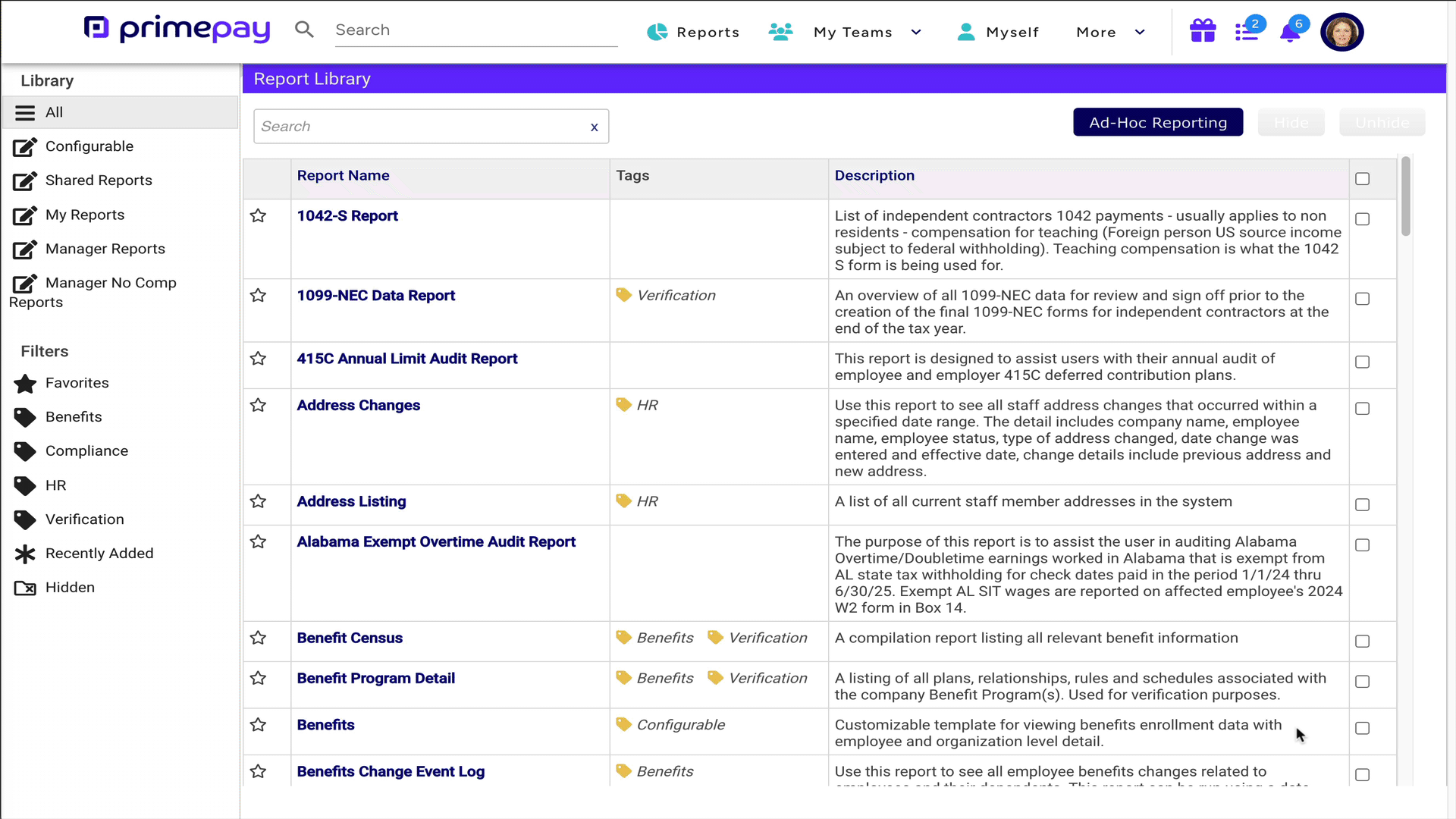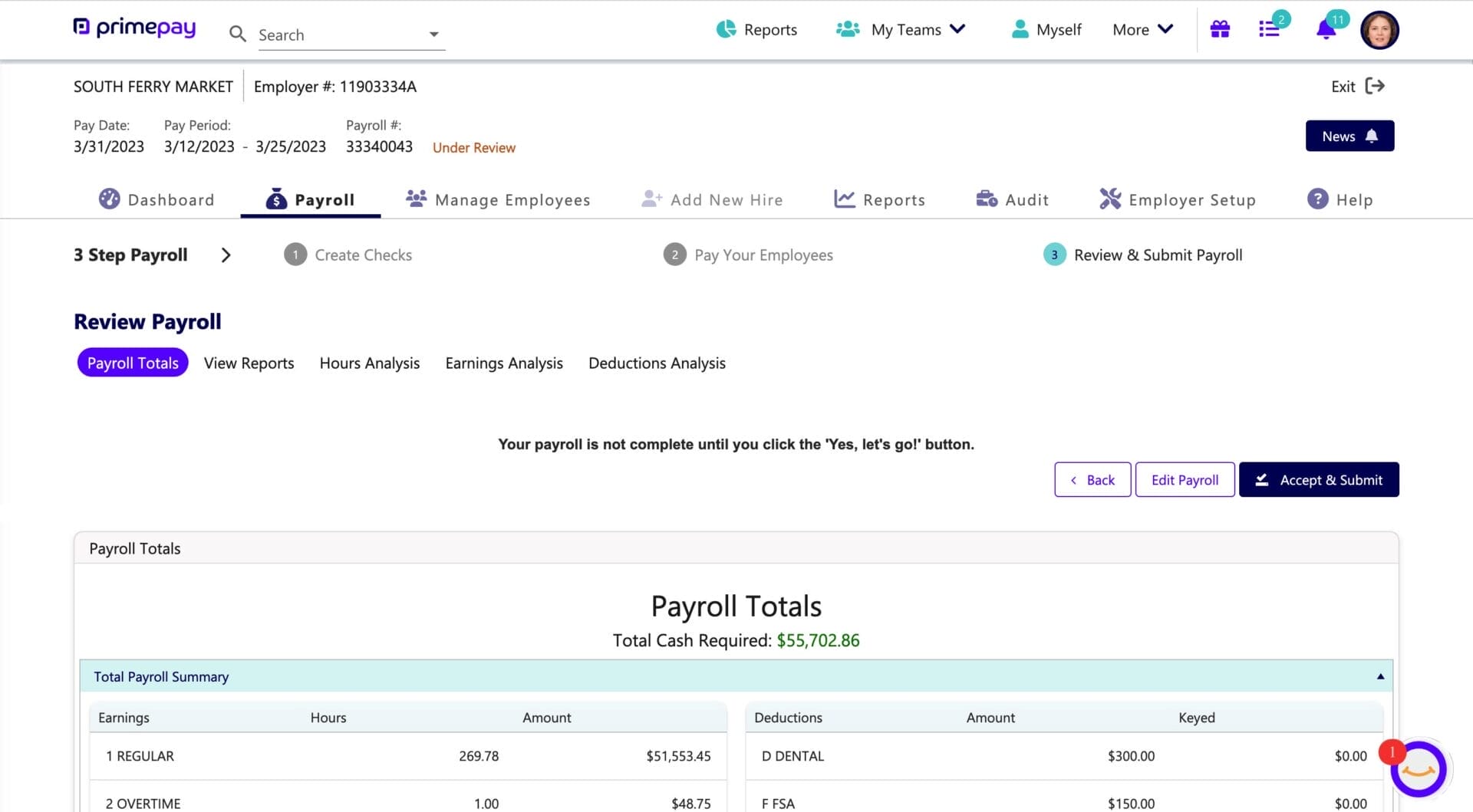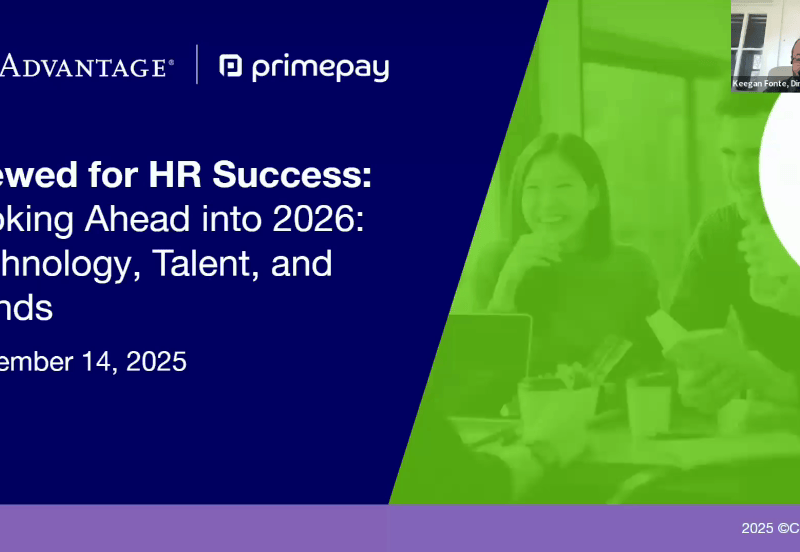Do a quick Google search and you’ll find that many organizations are considering consolidating their tech stacks. While the reasons vary (reduced budgets to security prioritization to centralizing information), one thing is clear: leaders are becoming even more intentional about their software selection.
Regarding HR technology, there are numerous all-in-one (or many-in-one) solutions. Knowing the types of HR software — HRIS, HCM, and HRMS — is crucial for determining which suits your organizational requirements best.
Exploring HR Software: HRIS, HCM, and HRMS
Human Resources Information Systems (HRIS), Human Capital Management (HCM), and Human Resource Management Systems (HRMS) are the three pillars of the HR software world, each bringing distinct capabilities to the table.
Before diving into the buying process, you should know your HR system options (and their distinct features) to determine which caters to your organization’s goals.
- HRIS focuses on the collection, storage, and management of employee data.
- HCM goes further with advanced features like talent and performance management.
- HRMS is the beefiest of options and consolidates multiple HR functions into a unified system.
It’s important not to think of these HR tools as good, better, best options, as more functions don’t necessarily mean “right” for your team. Instead, it’s better to quickly audit your HR and business processes to determine what specific software features you need.
1. Insights into Human Resources Information Systems (HRIS)
Human Resources Information Systems (HRIS) are the foundation for employee data management. Its focus on managing employee data enables HR teams and employees to access and organize their data through a centralized interface.
If you want to enhance the employee lifecycle and streamline HR tasks, HRIS software may be your answer. Because it centralizes your people data, leaders can make efficient and data-backed decisions without accessing disparate systems. For example, HRIS reports can give insights into employee turnover and absence, enabling you to analyze employee behavior and change your policies.

Utilizing centralized employee data, HRIS software offers HR teams robust HR reporting.
Core Functions of HRIS
HRIS software focuses on optimizing organizational processes and functions by:
- Centralizing employee information, like contact information and position (such as what you’d see on an org chart).
- Integrating with other HR software and business systems, like your ATS.
- Providing compensation information, such as salary, bonuses, and PTO.
- Handling benefits administration for a more straightforward election process.
- Offering learning and development opportunities to upskill employees.
2. Decoding Human Capital Management (HCM)
Human Capital Management (HCM) software extends beyond the capabilities of HRIS, as it’s designed to manage and enhance an organization’s workforce. HCM software encompasses a broader range of functionalities – such as talent management, workforce planning, and performance management – and provides a comprehensive solution to oversee and enhance your HR and people strategy.
Unlike HRIS, which focuses mainly on managing primary employee data, HCM provides a more holistic solution that consolidates all aspects of people management into a centralized platform.

HCM software empowers leaders to make data-driven decisions when it comes to their people. For example, managers can view their team’s performance reviews and improvement plans to help set goals and determine promotions.
Core Functions of HCM
HCM software builds upon HRIS systems by prioritizing talent acquisition, employee development, and position control. It adds a range of essential HR processes such as:
- Enhancing recruitment strategies (sourcing, screening, and interviewing candidates)
- Comprehensive HR services (policies, procedures, and documentation)
- Streamlined onboarding (automated employee recordkeeping, payroll, and benefits)
- Employee performance management (employee-specific analytics to help guide succession planning and determine promotions)
3. Understanding Human Resource Management Systems (HRMS)
The most robust HR software solution is a Human Resource Management System (HRMS). Besides including the functionalities of HRIS and HCMs, it also features time and labor management and payroll processing.
This HR software replaces traditional paper-based systems with cloud-based access to payroll information, provides self-service options, and simplifies payroll through real-time data access. The result? Optimizing your HR and payroll processes.

Easy-to-use HRMS payroll features increase accuracy and compliance with tax regulations.
Core Functions of HRMS
HRMS software takes on a range of HR and payroll responsibilities, including:
- Securely storing, organizing, and managing various types of employee data, such as personal information, employment history, performance records, and benefits details.
- Integrating payroll with other HR functions.
- Streamlining payroll and benefits administration by automating salary calculations and tax and benefits deductions.
- Ensuring fairness and compliance with HR regulations.
Before landing on a type of HR software, you’ll want to evaluate your organization’s specific needs and potential ROI.
When noting what you’re looking for in an HR tool, carefully analyze critical criteria such as delivery and support, scalability, security, and the system’s ability to meet specific requirements.
Choose the Right HR System for Your Organization
HR software – HRIS, HCM, HRMS – is pivotal in achieving your HR and people goals. By automating HR processes, centralizing employee data, and enhancing workforce management, these software systems enable organizations to function more efficiently and effectively.
While your preferred HR tool depends on your organization’s specific needs and potential ROI, it should also hinge on where you want to go as a company. You shouldn’t invest in and onboard onto a solution that doesn’t scale with you. Instead, choose HR software with bundled solutions so you can add and subtract features depending on your goals, size, and growth. With the right HR software, you can transform your HR operations and contribute significantly to your organization’s success.









